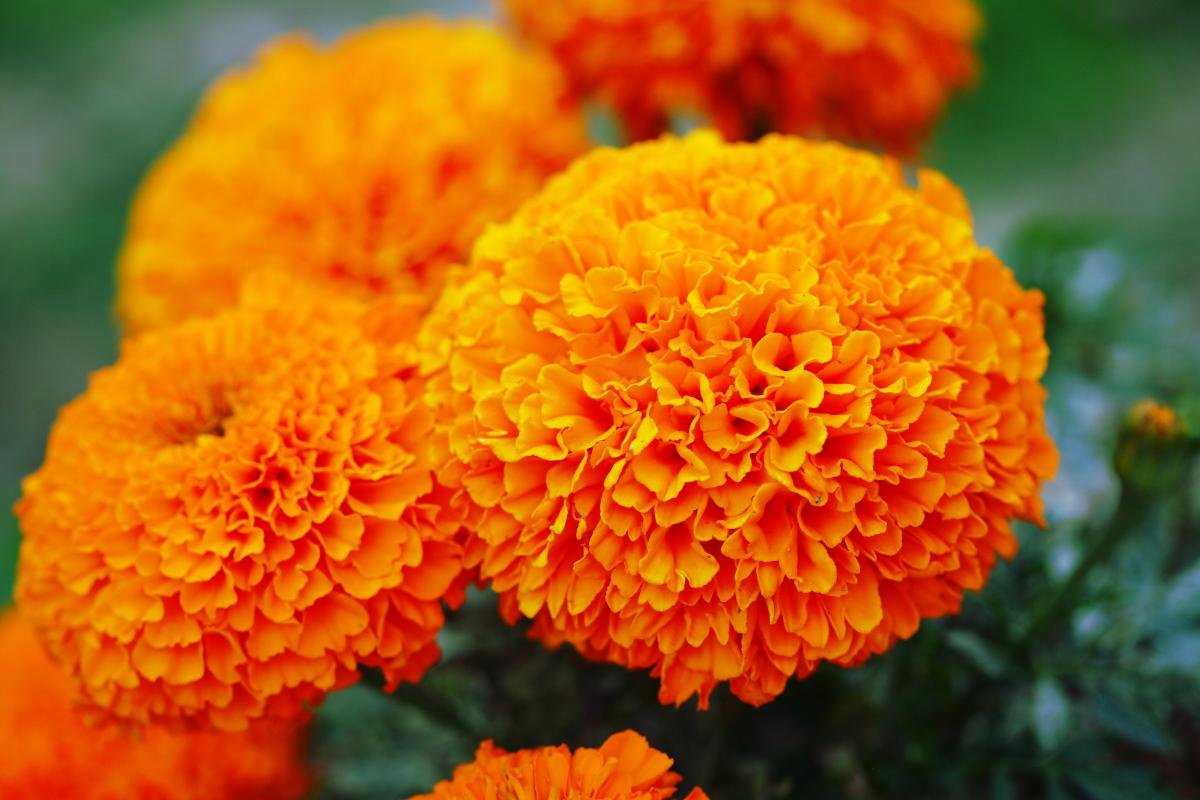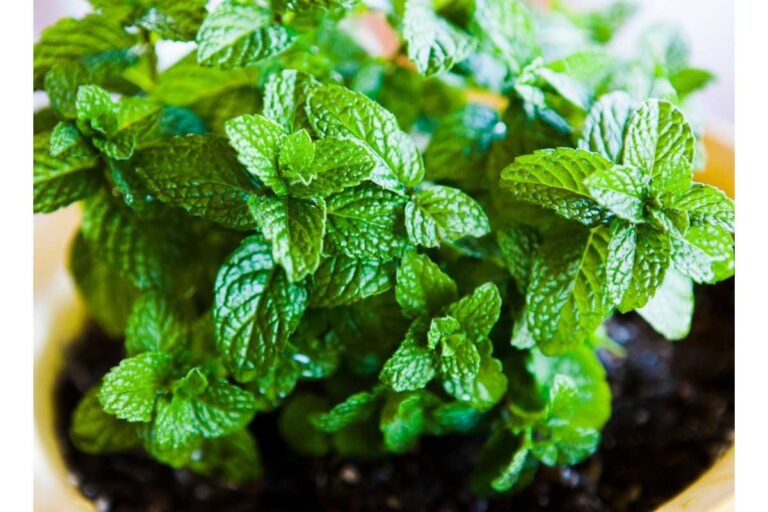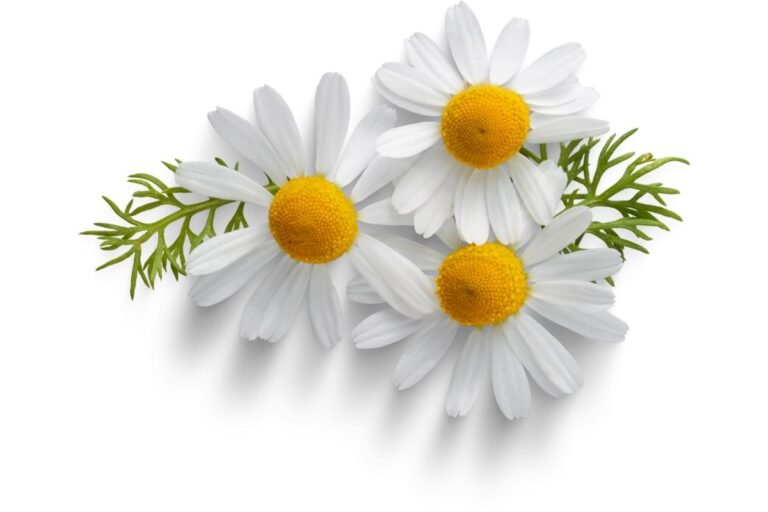How to Plant Marigolds?
Do you think you should plant marigolds in your garden this season? These lovely gold, yellow, orange, or white flowers are frequently planted in butterfly gardens. With their strong scent, they deter other undesirable insects while attracting butterflies. As marigolds discourage some pest insects that can affect your tomatoes, eggplants, chili peppers, and potato plants, place these beautiful container plants nearby. In this article, we’ll go through all the details of how to plant marigolds and their care.
What is So Special About Marigold?
Marigolds are the perfect deer-resistant plant, having a strong aroma to the foliage and blooms that repel most pests, and their roots repel nematodes (microscopic worms) under the soil.
Varieties of Marigolds
The most common marigolds which come in yellow, orange, and red shades are French, African, and Signet marigolds. Let’s look at each in turn.
French Marigolds
The most common type of marigold you’ll discover at the local gardening store is the French marigold. French marigolds feature semi-double to double-crested blooms in a variety of colors, including yellow, orange, and red. They are widely recognized for being resistant to deer and rabbits, which is a desirable quality in some areas.
Mexican or African Marigold
Mexican or African marigold, a native of the Americas, is the tallest type of marigold frequently found in gardens, reaching heights of 20 to 39 inches. They flourish in hot, dry environments.
Signet or Golden Marigold
Signet Marigold can reach a height of 12 to 20 inches and has a distinct flower than the other two varieties. The plant develops plenty of little, tightly packed flower heads. Their blossoms can give food a lemony flavor, and their leaves have a lemony odor.
Pot Marigolds
Pot marigolds, sometimes known as English marigolds, are native to southern Europe. This variant is not really a true marigold, but it does belong to the Asteraceae family.
Herbs like pot marigolds are frequently cultivated for therapeutic purposes. These plants are easily identified by their vivid edible blossoms that are sour and moderately peppery.
When to Plant Marigold
After the final frost in the spring, plant your marigolds. You can start the process about two months before the last anticipated frost if you decide to start indoors from seed. In warm soil with an average temperature of 70°F to 75°F, seeds will begin to sprout anywhere between 4 and 14 days.
How to Plant Marigold
French marigolds are simple to propagate from seeds, but you should get African marigolds as small plants because they can take considerable time to flower when grown from seed.
Directly plant seeds into the ground, then bury them in the soil (approximately 1/8 inch deep). Water it deeply. When the seedlings have sprouted, divide them 8 to 18 inches apart.
The marigold may also be planted initially indoors under grow lights then they should be moved outside six to eight weeks before the last day of frost. Marigolds will easily continue to grow once they are established and healthy, even if left ignored.
Maintain soil moisture by watering. Marigolds should not be watered from above. It is better to water the plant from the base.
Mulch controls weed growth, holds onto moisture, and improves aesthetics. Marigolds are unable to withstand hard frosts or freezes.
Pests and Diseases
Pests
Although marigolds can keep some insects and pests away from most of your plants, still they are also not safe. There are a few pests that can occasionally damage marigolds in the garden, but they are not frequently a problem.
Your marigolds may experience symptomatic issues as a result, which are frequently visible in the form of browning or yellowing foliage. Let’s look more closely.
Aphids
Aphids are tiny, green insects that eat the stems and leaves of plants. If left untreated, they might result in yellowing and leaf curling. These pests can be eliminated immediately by using insecticidal soap or spray.
Slugs and snails
Slugs and snails are common garden pests that are typically more noticeable in the spring when precipitation is more frequent. Snails and slugs can be picked up and put in a tub of soapy water. Since they typically graze on plants at night or in the early morning, you will need to do this at those times.
Thrips
Typically, young, immature stems and leaves are attacked by thrips. Thrips are tiny cigar-shaped insects that can range in color from yellow to brownish black. Due to their size, white bodies, and wings, adults are more easily distinguished. Applying a neem oil spray should almost instantly get rid of any thrips you see on your marigold plants.
Diseases
Marigold plants are susceptible to a few diseases. They typically appear when planted next to infected plants or in warm, humid environments.
Powdery mildew
On the tops of leaves, powdery mildew appears as a whitish, grayish powder. It typically grows in warm, humid environments where leaves are constantly wet and unable to dry out. Applying an easy treatment to the leaves will cure it. Simply combine 2 teaspoons of Epsom salt with water, and thoroughly saturate the leaves with this mixture.
Damping Off
When plants are in the seedling stage, damping off is typically visible. On immature plants that were grown from seeds, dead tissue, and patches can be noticed. Damping off may be a result of unhealthy soil and inconsistent irrigation. Make sure the plants are placed in well-drained soil and that there is enough airflow to prevent damping off.
Do Marigolds Come Back Every Year?
A few marigolds are perennials, but most are annuals. Marigolds reproduce by self-seeding, giving the impression that they are perennials when they are actually only regrowing from seeds.
How Long Do Marigolds Take to Bloom?
After planting, the seeds only need to be covered with soil, so keep them warm and hydrated. Water the area thoroughly after transplanting. If the temperature is warm enough, plants will begin to sprout in a few days, and blossoms will start to show in about two months.




